Part 5: Research and Development
Improving Rising Damp Treatments through Innovation
The products and systems described in this book were developed by Safeguard Europe Ltd.
Safeguard was established in 1983 with a vision of providing improved solutions for combatting moisture problems in buildings through investment in product innovation.
As well as solutions for rising damp, Safeguard has developed a range of products for the treatment of other forms of dampness such as rain penetration, condensation, and moisture ingress into basements.
The Development of Dryzone Damp-Proofing Cream
In the late 1990s the development team at Safeguard turned their attention to providing improved solutions for rising damp treatment.
At this time the most commonly used method of rising damp treatment was to inject liquids based on silicones or metal stearates into holes drilled in masonry.
This liquid injection method could be very effective when correctly installed, however it could be very time consuming as each hole needed to be injected for several minutes in order for the correct amount of fluid to be injected. Ensuring a consistent, even application was problematic due to the fact that the liquids would follow the path of least resistance and often disappear through cracks and fissures in the masonry. There were also hazards involved with the injection of these liquids (which were usually caustic or flammable) under pressure, particularly when treating party walls.
When it was launched in 2000, Dryzone Damp-Proofing Cream revolutionised the treatment of rising damp by providing an effective solution that avoided the problems inherent in liquid injection systems.
Achieving Dryzone’s high level of performance was a considerable task for our research and development department due to the wide range of factors that could affect product performance. It was therefore necessary to screen a large number of possible permutations before a final formulation was decided upon.
1. Selection of Active Ingredients
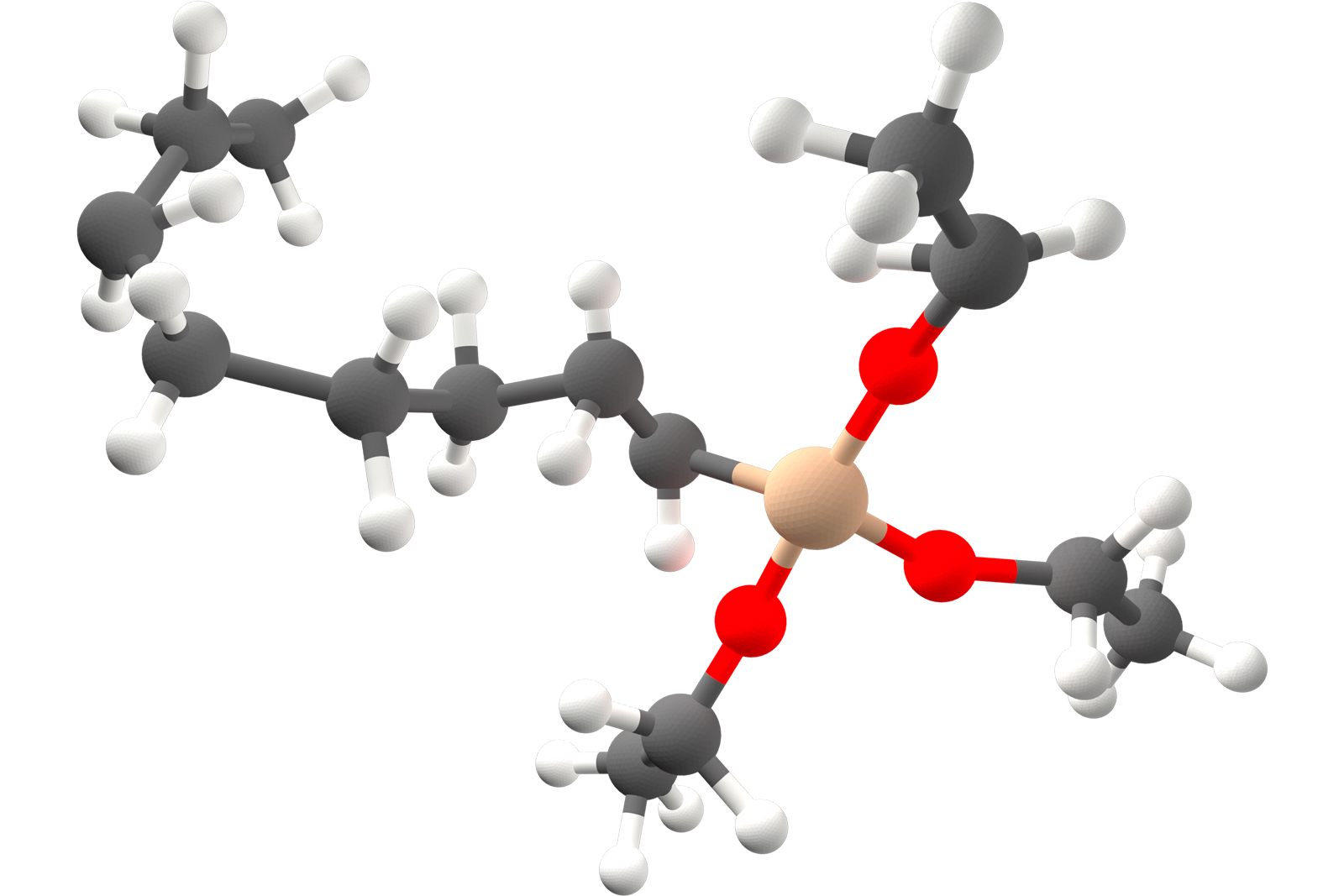
Figure 19: Molecule (n-octyltriethoxysilane).
The active ingredients of any injected damp‐proof course must be able to:
- Form a strong bond with the substrate
- Repel water
The starting point for providing this function are organo‐functional silanes and siloxanes. Choosing the correct blend of these silanes and siloxanes was essential to ensure that Dryzone would work in a wide range of mortar types.
2. Spread of the Active Ingredients
Getting the product to spread in order to form a continuous barrier provides another technical obstacle.
Liquid damp‐proof courses are normally injected under pressure, which assists with the spread, whereas damp‐proofing creams are required to migrate (typically 60 mm in each direction) by diffusion alone.


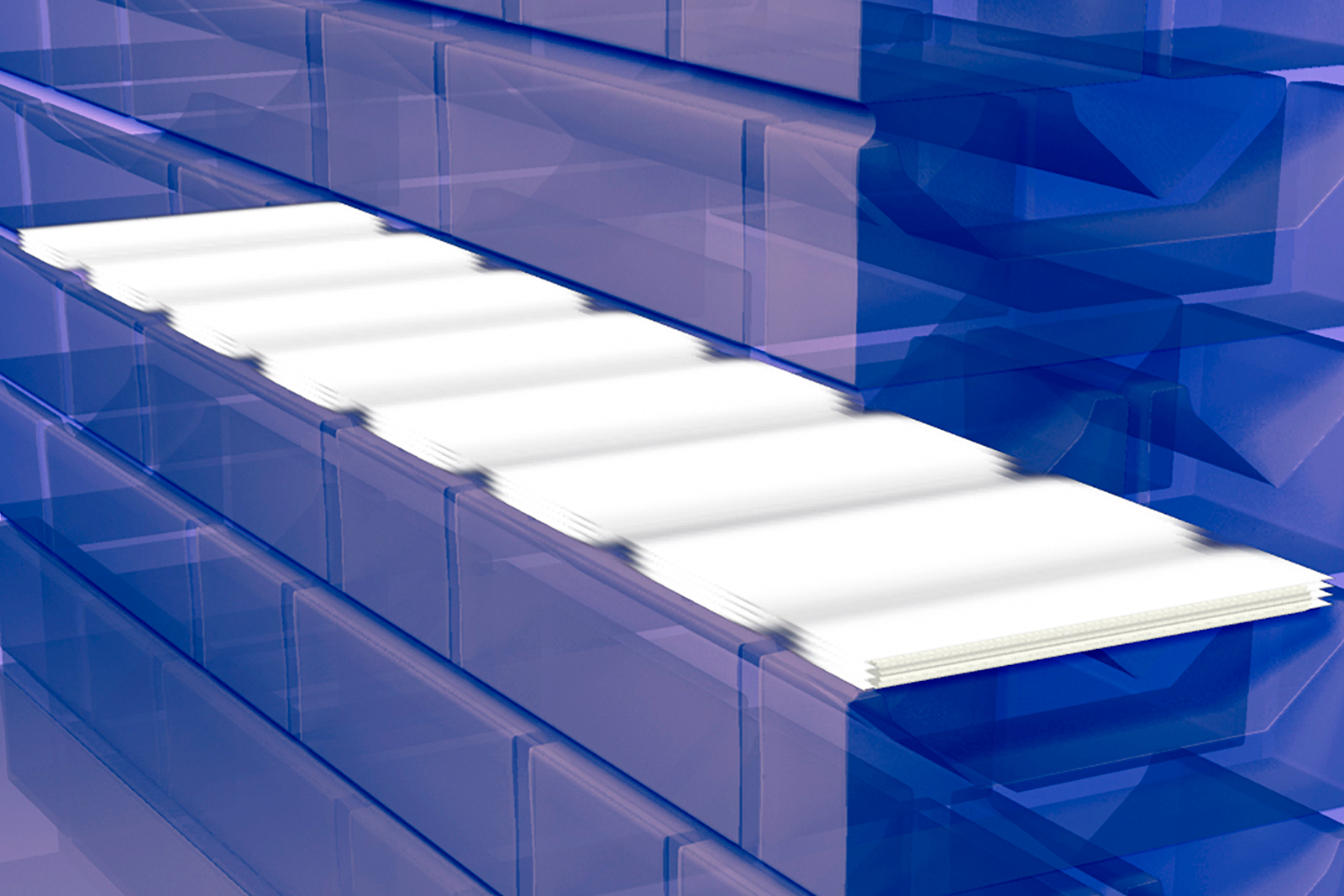

The following factors were crucial in ensuring that Dryzone would spread successfully along the mortar course:
- Correct blend of active ingredients
- Adequate concentration of active ingredients (>60%)
- Careful choice of emulsion system
3. Active Ingredients Where They are Needed
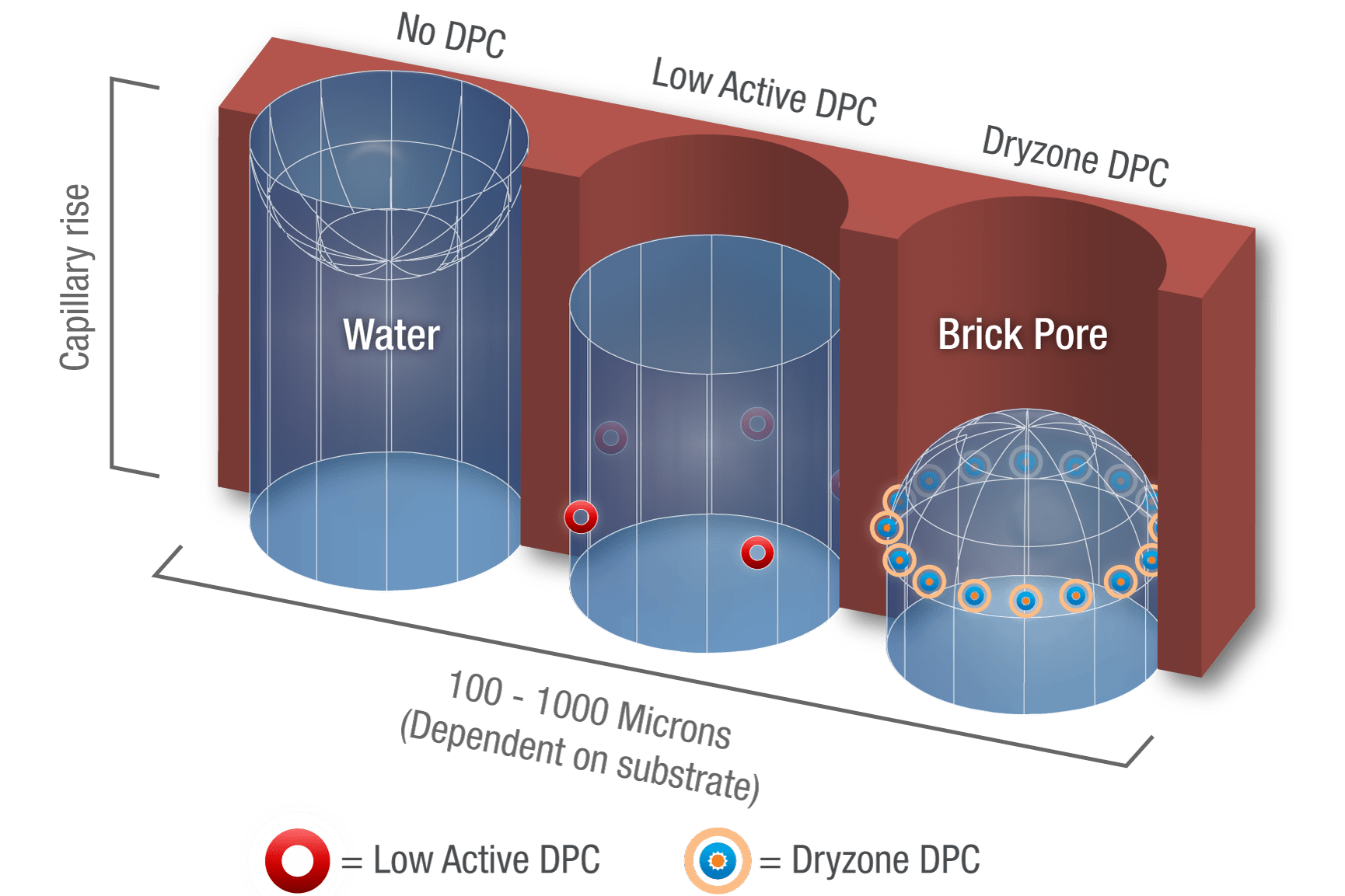
Figure 20: Capillarity.
There is little benefit in choosing the right molecules and spread behaviour if there is insufficient active material in the formulation.
If only a small proportion of the pore surface becomes coated with the water repellent molecule, there will be insufficient water‐repellent force to overcome the effects of capillarity and the damp will continue to rise (see Figure 20).
It is for this reason that Dryzone has been formulated with a high concentration of active ingredients.
4. Ability to Work in all Types of Mortar
The pore structure, pH, moisture content etc… of mortar varies considerably from property to property. It was therefore important to ensure that Dryzone would work in all commonly encountered mortar types and conditions. This required careful balancing of the product formulation – particularly with regard to the selection of active ingredients.
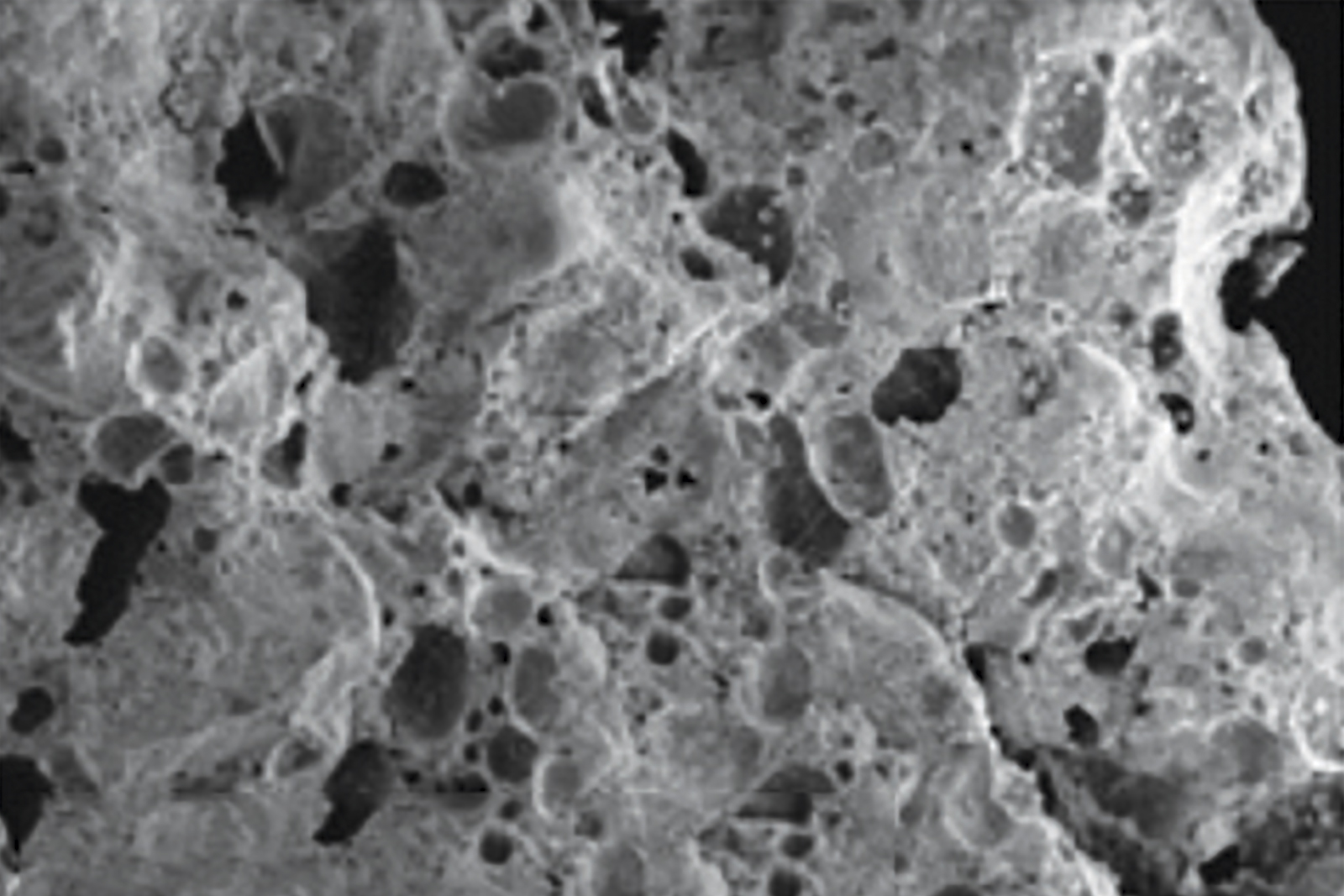
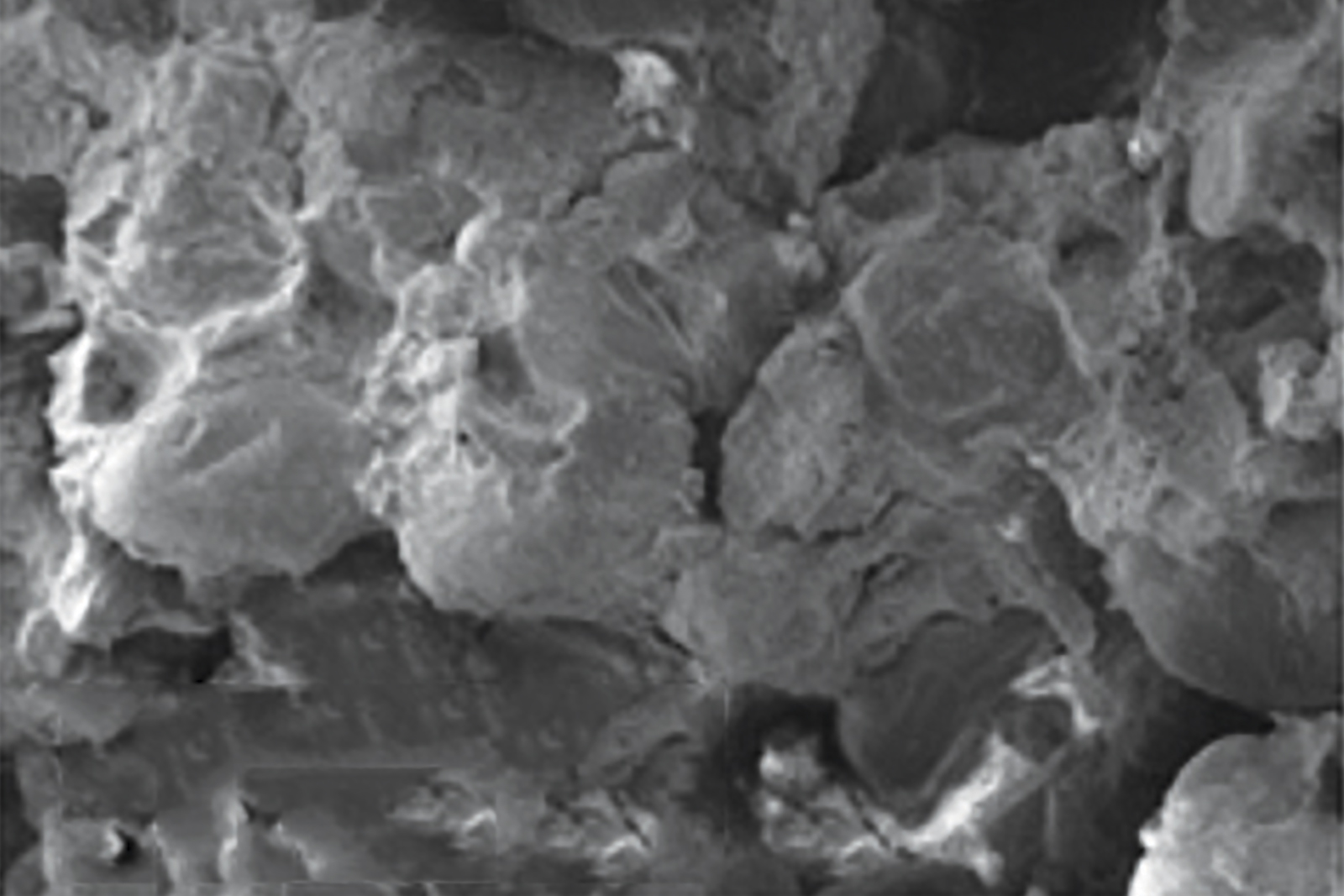

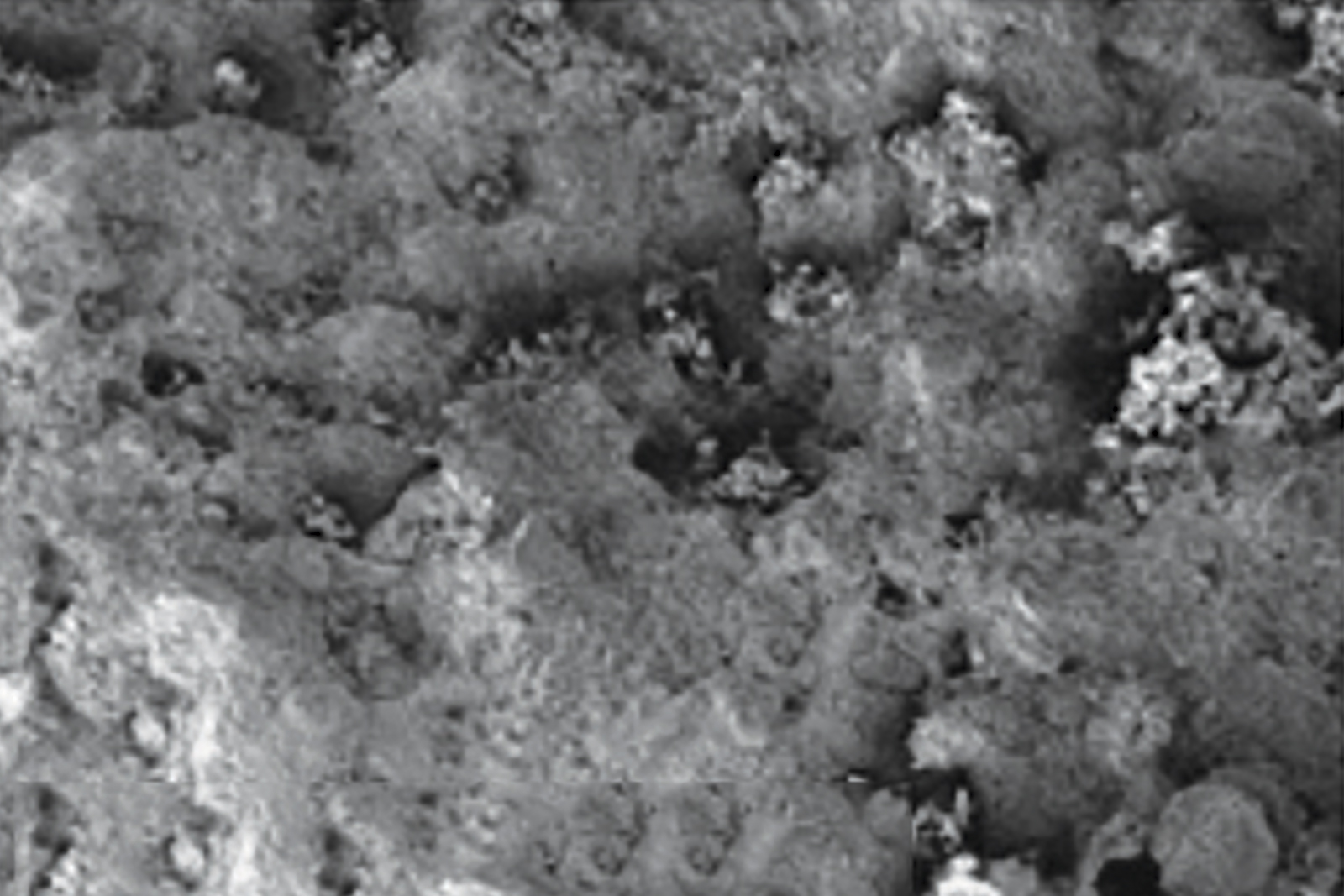
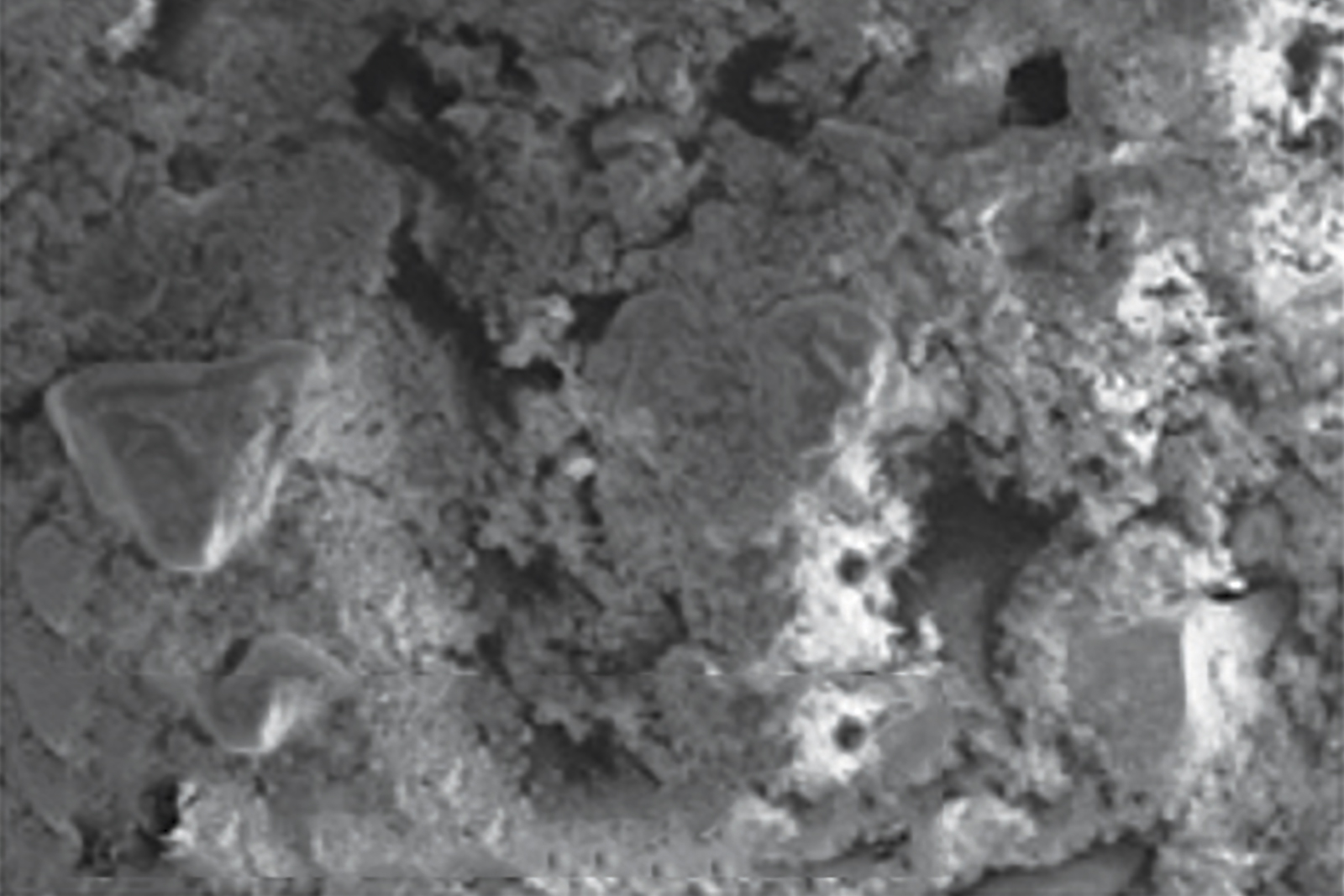

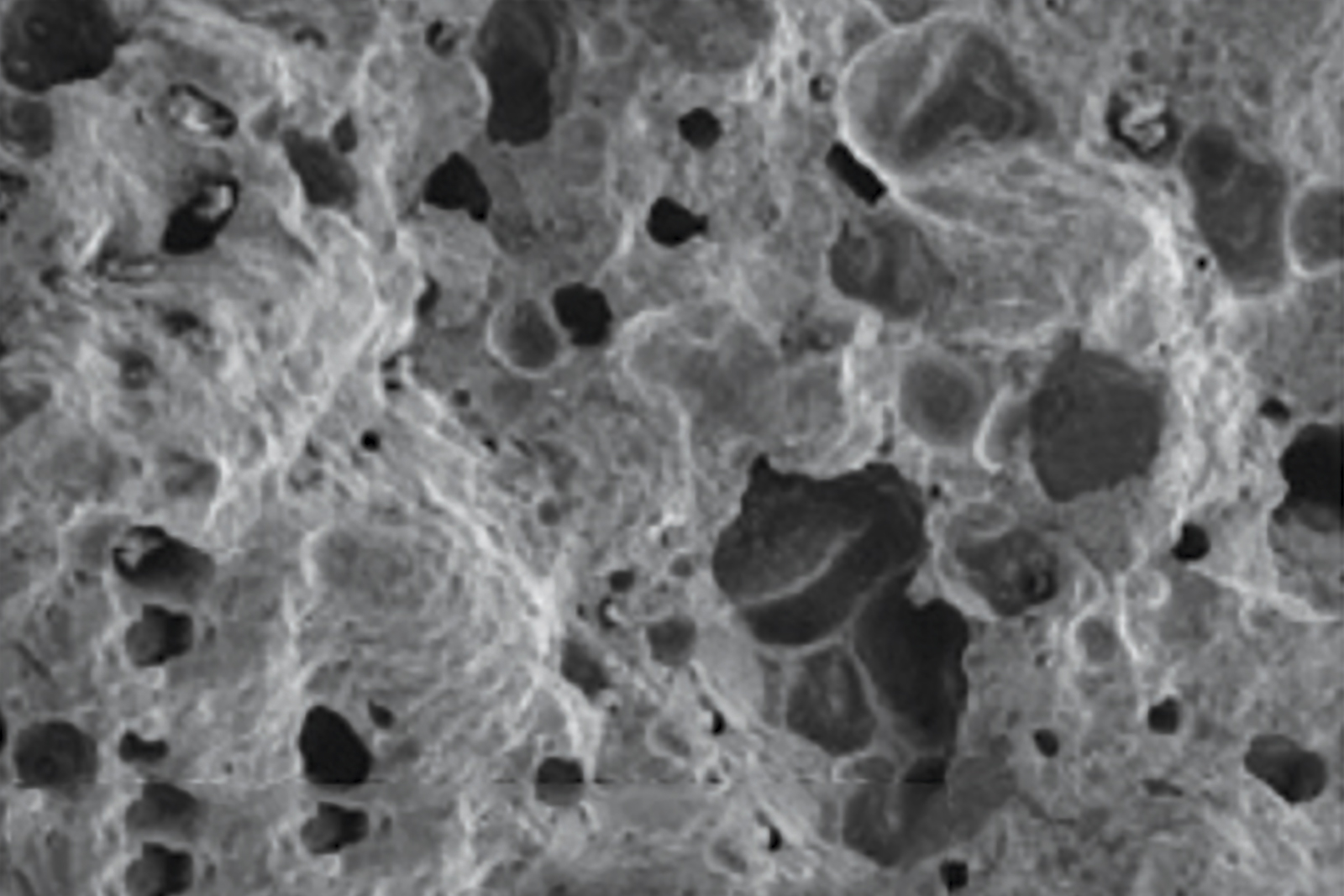
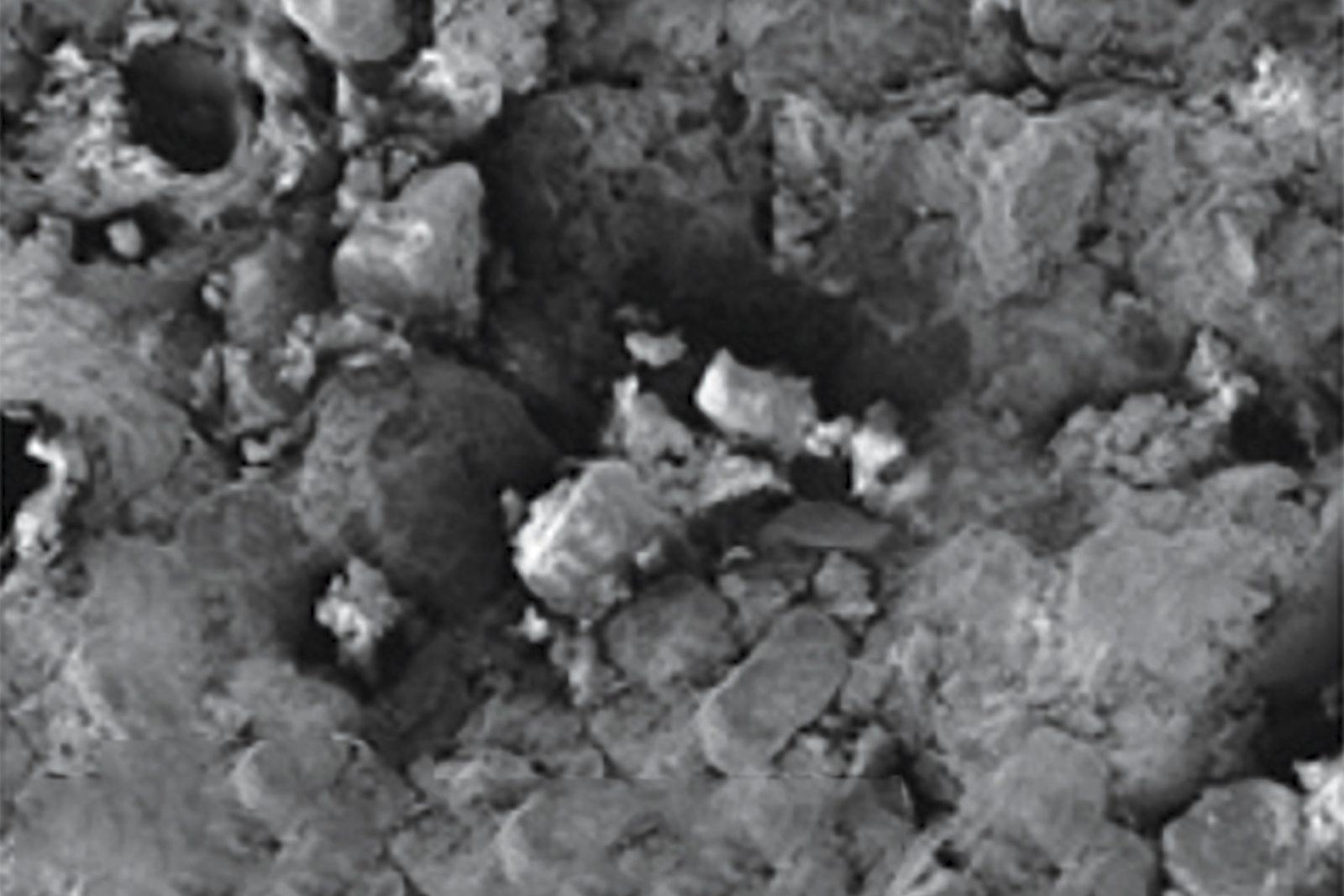
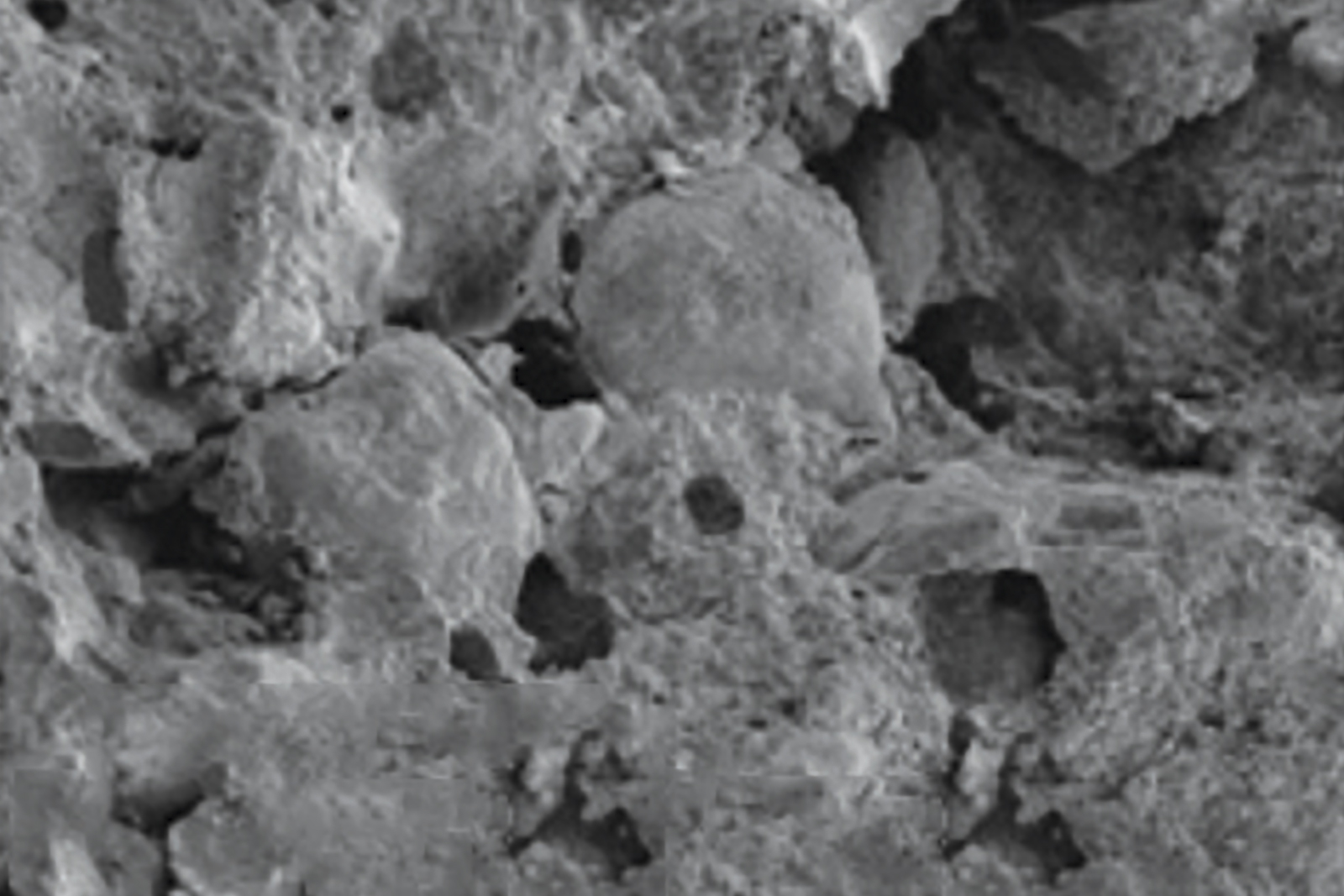
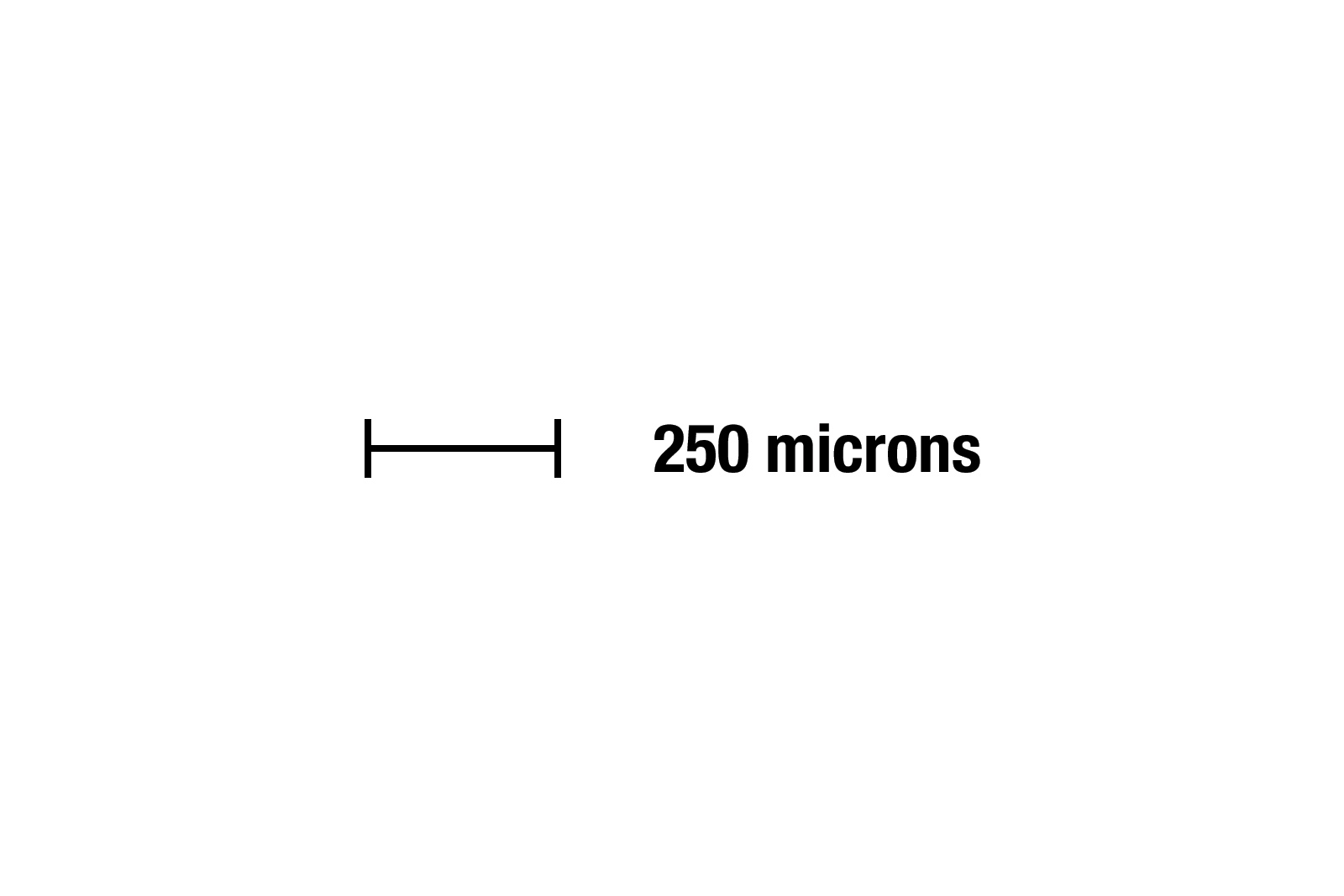
The Development of Dryrod Damp-Proofing Rods
In 2014, we introduced Dryrod Damp-Proofing Rods as the next step in rising damp treatments. The research and development department further developed the technology employed to create Dryzone, utilising a new rod‐based delivery system.
Dryrod Damp-Proofing Rods manage to be even more effective than the already class leading performance of Dryzone Damp-Proofing Cream. The development team’s efforts allowed for a premium product that can be used in more extreme situations. In addition to all the benefits of Dryzone, the advantages of Safeguard’s Dryrod technology include:
1. Unique Formulation and Assured Performance

Figure 21: Dryrod out-performs all competing products.
The patented rod delivery mechanism, allowed for an optimal formulation of the active ingredient to be developed. Testing in conditions of up to 95% moisture saturation has shown Dryrod to out‐perform all competing products (see Figure 21).
Each rod is pre‐dosed with the correct amount of material so the performance of Dryrod Damp-Proofing Rods is assured. In situations that require the maximum possible delivery of active ingredient, Dryrod is ideal.
2. Resistance to Temperature Variations

Figure 22: Number of days below 0°C in 2013.
Most damp problems make themselves known during the cold and wet winter months. Traditional damp‐proofing methods can be sensitive to freezing temperatures, making the coldest months of the year difficult to work in.
Due to the unique formulation and design of Dryrod Damp-Proofing Rods, it is possible to use them even in freezing conditions (see Figure 22).
3. Easy Coverage Estimation

As each rod will treat a set area, it is possible to know the exact number of rods required for each job after measuring the wall to be treated.
Dryrods always come in sealed foil packs of ten, making for coverage of 1.2 m per pack on 9 inch walls. This means it is also possible to calculate usage and treat small areas of rising damp without compromising the shelf life of other packs in supply.
The Development of Improved Replastering Systems
Since the 1950s replastering works carried out as part of a rising damp treatment have predominantly been of the traditional sand:cement type.
Whilst this type of replastering system is highly effective at resisting moisture and salts, it also has a number of disadvantages:
- Slow to install (several coats required)
- Dense render results in cold wall surface
- Not appropriate for use on heritage buildings

Responding to demand from homeowners and specialist contractors, Safeguard developed the Dryzone Express Replastering System (see Part 4: Replastering Following Insertion of a Damp‐Proof Course). This allowed replastering works to be carried out in a single day and for redecoration to be carried out immediately. For this reason it has proven to be particularly popular for use in tenanted properties where the landlord or social housing provider wishes to minimise disruption to the tenants.
A range of refurbishment plasters including Dryzone Damp-Resistant Plaster have also been developed that provide moisture and salt resistance without the disadvantages of sand:cement renders.
Since the introduction of Dryzone Damp-Proofing Cream in the year 2000, the Dryzone range has been subjected to numerous regimes of testing by independent agencies and is constantly being further developed by our own laboratory.
Both Dryzone Damp-Proofing Cream and Dryrod Damp-Proofing Rods have been tested by the following organisations:
-
BBA
As well as passing the old BBA MOAT test, Dryzone and Dryrod have passed the latest, more severe damp‐proofing test demonstrating effectiveness even in saturated walls.
Certificate Number: 97/3363
-
University of Portsmouth
Test reports compare Dryzone and Dryrod performance to that of a low‐strength, economy damp‐proofing cream, demonstrating the far higher efficacy of Dryzone products over low strength creams.
Professor Mel Richardson, February 2008
-
Safeguard Europe Ltd
In‐house tests at Safeguard have covered test conditions not usually included in standard international tests. These have proven Dryzone’s efficacy for high and low temperatures, rubble‐infill walls and salt water conditions.
-
WTA
Approved by the German WTA for use as a rising damp treatment in highly saturated walls (up to 95%). Testing was carried out in test walls using an alkaline lime‐based mortar.
Dryzone Certificate Number: PB 5.1/08‑358/1
Dryrod Certificate Number: PB 5.1/15‑166‑1
In addition to the above testing, Dryzone Damp-Proofing Cream has also been awarded the following accreditations from international testing agencies:
-
OFI
In Austria, Dryzone was applied to an entire school building with rising damp. Testing found it to be a highly effective treatment, reducing the maximum moisture content of the walls. Final results far exceeded the pass requirement of the Austrian standard Ö‐NORM B 3355.
Report Number: 403.275
-
ITB
The Polish technical institute tested Dryzone’s effectiveness and material spread in a ceramic brick, lime‐cement mortar wall. Results showed a substantial initial drop in moisture content that increased to a 97% moisture reduction over 3 months.
Report Number: 0976/11/R12NM
-
ÉMI
Testing by the Hungarian ÉMI confirmed Dryzone’s efficacy in saturation reduction, establishing the damp‐proof barrier is effective in 95% saturation conditions.
Report Number: A‑58/2012
-
WTCB
Testing by the Belgian WTCB showed Dryzone to be very effective at varying levels of capillary saturation. Substrate diffusion characteristics and moisture absorption reduction are rated as very efficient.
Report Number: 622X646‑11
